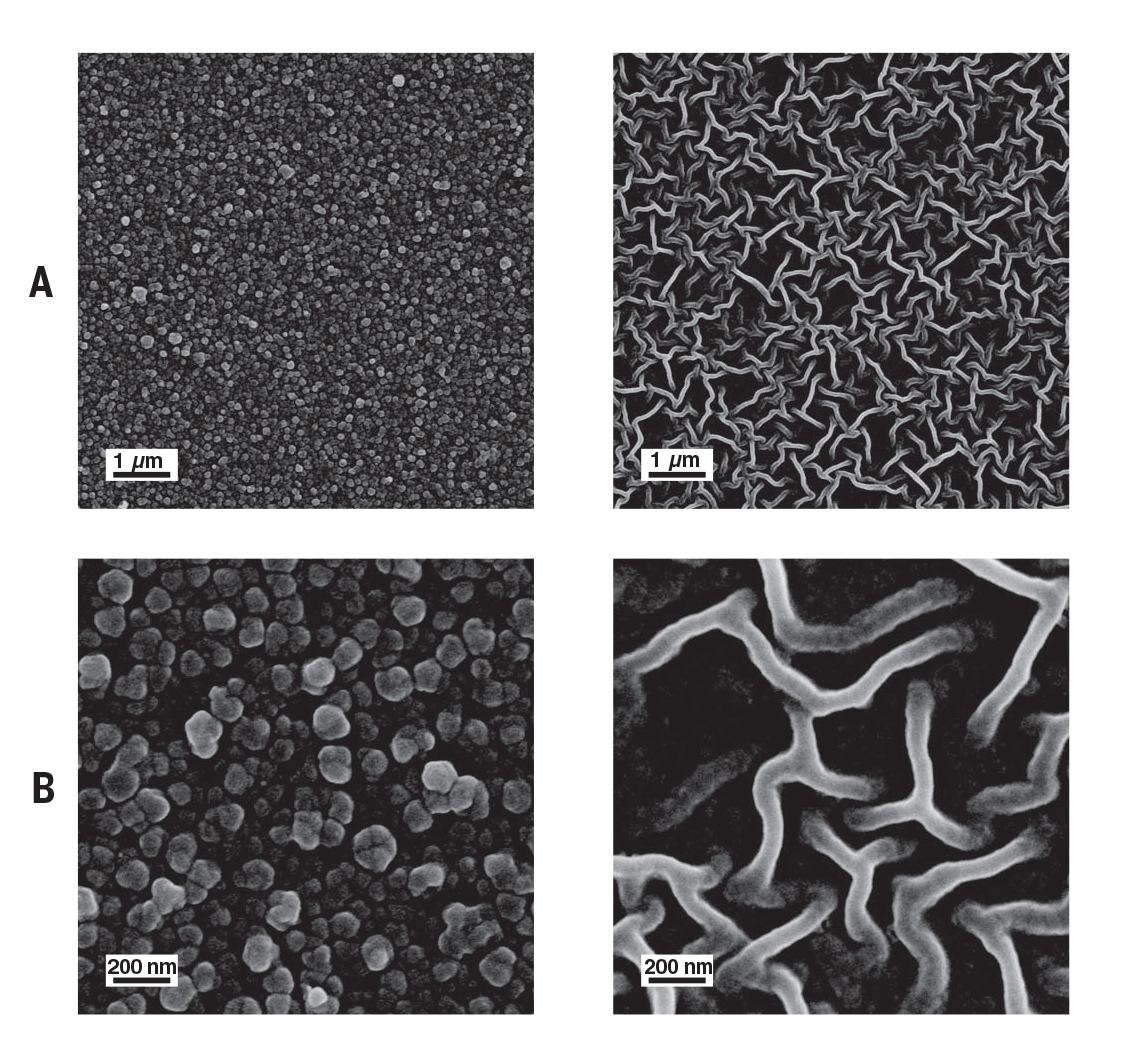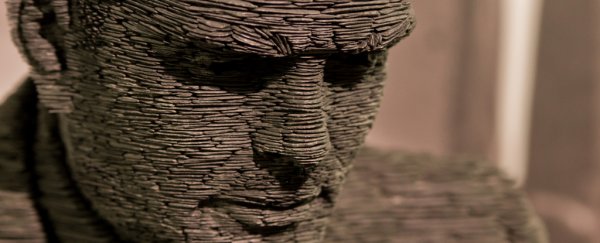The maths behind a landmark paper by the British mathematician Alan Turing have been used to create a new nanoscale structure for desalinating water, and its creators claim it does the job far better than filters currently on the market.
Material scientists from Zhejiang University in Hangzhou, China, successfully created a nanoscale tangle of tubes out of a nylon-like substance named polyamid - and they took inspiration from a rather odd source.
While it's computing and code-breaking Turing is often remembered for today, in 1952 he set his attention towards the question of how various repeating patterns developed in living organisms.
From zebra stripes to leopard spots to whirls of plant leaves and hydra tentacles, nature ripples with a patchwork of colours, textures, and shapes.
Turing figured he understood where many of these patterns came from, pinning it on a category of hormones dubbed morphogens.
These are chemicals secreted by cells that promote or inhibit each other's influences over various biological functions, be it the production of a pigment or the regulation of their growth.
Differences in how specific morphogens diffuse through an organism's tissues could explain many of the patterns we see in the living world. Mathematically speaking, at least.
While it's unclear whether such processes are at all common in nature, six years ago British researchers found empirical evidence that the ridges inside the mouths of mice developed according to Turing's model.
Biology might have posed the question, but the mathematics isn't limited to hormones diffusing through living tissues. Which is why these researchers made it their starting point for synthesising a new kind of material.
Polyamid is the product of a reaction between trimesoyl chloride and piperazine. Trimesoyl chloride diffuses through the solution faster than piperazine, so the two reagents could potentially obey Turing's morphogen rule.
The only problem is trimesoyl chloride moves a little too quickly. To slow it down, the team threw polyvinyl alcohol to the mix.
When analysed using atomic force microscopy, the material was revealed to be a mesh of nanoscale tubes knotted into a porous 3D structure – one that would be perfectly suited to filtering.
The images below give you some idea of what two types of this Turing structure look like - one made up of dots, and one of knotted tubes.
 (Tan et al., Science, 2018)
(Tan et al., Science, 2018)
The team put their Turing filter to the test by running a number of saltwater solutions through its matrix.
Some larger salts – like magnesium sulphate – were removed almost in their entirety, but the filter struggled to remove just over half of the sodium chloride.
Still, while it mightn't quite be the thing we need to deliver cheap, large scale desalination, it's a lot better than what we have currently.
Capable of filtering 125 litres per hour when pushed through at 5 atmospheres of pressure, the researchers claim it's three times as effective as other commercially available water filters, meaning you could one day have a Turing Tank on your kitchen bench for all your filtered water needs.
This proof of concept might also inspire materials scientists in other fields to explore the development of a variety of porous materials that suit all manner of uses, such as scaffolds for bioengineered organs.
It would be an irony that would no doubt amuse Turing – mathematics inspired by nature that would give rise to a biological revolution.
This research was published in Science.
